Gabrieli Lab. McGovern Institute for Brain Research
Massachusetts Institute of Technology
http://www.nitrc.org/projects/conn
Susan Whitfield-Gabrieli
Alfonso Nieto-Castanon
�
(2)
CONN - functional connectivity toolbox v17
Overview ..................................................................................................................................... 3
General ........................................................................................................................................ 4
Step one: Setup (Defines experiment information, file sources for functional
data, structural data, regions of interest, and other covariates) ............................ 5
Basic experimental info Setup: ........................................................................................................ 6
Structural files Setup: ...................................................................................................................... 7
Functional files Setup: ..................................................................................................................... 8
Preprocessing functional & structural data: .................................................................................... 9
ROI files Setup: .............................................................................................................................. 11
Rest or task conditions Setup: ....................................................................................................... 13
First-level (within-subjects) covariates Setup: .............................................................................. 14
Second-level (between-subjects) covariates Setup: ...................................................................... 15
Options Setup: ............................................................................................................................... 17
Step two: Denoising (Define, explore, and remove possible confounds) .......... 18
Step three: first-level Analyses (Define and explore functional connectivity
measures for each subject) ............................................................................................... 20
Seed-to-voxel and ROI-to-ROI analyses: ........................................................................................ 20
Voxel-to-voxel & ICA analyses: ...................................................................................................... 22
Dynamic ICA analyses: ................................................................................................................... 24
Step four: second-level Results (Define and explore contrasts of interest and
second-level results) ........................................................................................................... 25
ROI-to-ROI analyses (ROI-to-ROI functional connectivity matrices): ............................................ 27
Seed-to-Voxel analyses (functional connectivity maps): ............................................................... 30
Voxel-to-Voxel analyses (MVPA and other connectome-level measures): ................................... 32
ICA analyses: .................................................................................................................................. 33
Dynamic ICA analyses: ................................................................................................................... 36
�
(3)
CONN - functional connectivity toolbox v17
Installing the toolbox:
Updating to latest version:
On the CONN gui click on Help->Update
Requirements:
To start the toolbox:
SPM8 or above
Matlab R2008b or above (no additional toolboxes required)
download and unzip conn*.zip, and add the resulting ./conn/ directory to
the matlab path (in Matlab’s File-Set path)
Overview
CONN is a Matlab-based cross-platform software for the computation, display, and analysis of functional
connectivity in fMRI (fcMRI). Connectivity measures include seed-to-voxel connectivity maps, ROI-to-
ROI connectivity matrices, graph properties of connectivity networks, generalized psychophysiological
interaction models (gPPI), intrinsic connectivity, local correlation and other voxel-to-voxel measures,
independent component analyses (ICA), and dynamic component analyses (dyn-ICA).
CONN is available for resting state data (rsfMRI) as well as task-related designs. It covers the entire
pipeline from raw fMRI data to hypothesis testing, including spatial coregistration, ART-based scrubbing,
aCompCor strategy for control of physiological and movement confounds, first-level connectivity
estimation, and second-level random-effect analyses and hypothesis testing.
Note: a standalone version of CONN for linux64 systems (precompiled including both SPM and CONN)
that does not
from
www.nitrc.projects/conn.
OS-specific notes: On Mac OS/X use “ctrl-click” instead of “right-click” to bring contextual menus in the CONN gui;
If the default GUI display fonts are too small click on Tools->GUI settings (top-right corner) to change the GUI font
size (your choice of font sizes will be kept across CONN sessions and across toolbox updates); When using VNC to
connect remotely to Linux machines type in Matlab’s command window opengl software right after starting Matlab if
you experience VNC crashes when displaying 3d renderings or when printing;
On the Matlab command window, type : conn
(make sure your matlab path includes the path to the connectivity toolbox)
require Matlab
installed or a Matlab
license can be downloaded
�
(4)
CONN - functional connectivity toolbox v17
General
In order to perform connectivity analyses using this toolbox you will need:
Functional data. Either resting-state or task designs can be analyzed.
Structural data. At least one anatomical volume for each subject (this is used mostly for plotting purposes
but also to derive the gray/white/CSF masks used in the aCompCor confound removal method)
ROI definitions. A series of files defining seeds of interest. ROIs can be defined from mask images, text
files defining a list of MNI positions, or multiple-label images. The toolbox also provides a series of default
pre-defined regions of interest that that will be loaded automatically. These include a series of seed areas
useful for investigating resting state connectivity –regions characterizing DMN, dorsal attention network,
executive control network, etc.-, as well as a complete brain parcellation including 91 cortical areas and 15
subcortical areas from the FSL Harvard-Oxford Atlas as well as 26 cerebellar areas from the AAL atlas.
See the conn/utils/otherrois/ folder for additional/optional ROI files, including Brodmann areas, large-
voxel parcellations, etc.
tip: To try out the toolbox in the absence of any data, select Help. Sample Data in the CONN gui in order to
automatically download and process the NYU test-retest dataset
The toolbox operation is divided in four sequential steps:
Setup: Defines basic experiment information, data locations, regions of interest (seeds), temporal
covariates, and second-level models. Optionally, perform functional and anatomical preprocessing steps if
necessary, including realignment, slice-timing correction, coregistration/normalization, segmentation,
outlier identification, and smoothing.
Denoising: Define, explore, and remove possible confounds in the BOLD signal, including motion,
physiological and other noise sources.
Analyses: Perform first-level analyses. Define the seeds of interest and explore the functional connectivity
of different sources separately for each subject. Define ICA, voxel-to-voxel analyses, dynamic analyses,
etc.
Results: Perform second-level analyses. Define group analyses and perform population-level inferences
from the resulting connectivity measures of each first-level analysis.
Each of these steps can be defined interactively using the toolbox GUI or programmatically using scripts
and conn_batch functionality. In addition, and both when using the GUI or batch processes, all of the
analyses can be performed locally on a single computer, or they can be distributed among multiple
computers in a cluster environment. Currently CONN supports Sun Grid Engine (SGE), Open Grid
Scheduler (OGS/GE) and other Grid Engine implementations, PBS/Torque, LSF, and Slurm batch queuing
systems. The following sections describe the experiment definition and analysis steps when using the GUI
on a local computer in more detail. See Help.Documentation.Info:batch processing for additional
information on batch scripts, or see Help.Documentation.Info:grid computing as well as Tools.Grid settings
for additional information on cluster environments.
General help resources
In the CONN GUI select Help.Search to easily search through a database of user questions/answers, select
Help.Updates to check and update CONN to the latest available release, select Help.Documentation for
general documentation, and Help.Web for additional resources, including access to the CONN forum.
�
(5)
CONN - functional connectivity toolbox v17
Step one: Setup (Defines experiment information, file sources for
functional data, structural data, regions of interest, and other covariates)
Click on the SETUP tab
Click on the Project.New (blank) button to start a new project.
Note 1: Alternatively, click on Project.New (wizard) to follow an initial simple step-by-step wizard that
will allow you to import your functional, anatomical data, and optionally spatially preprocess your data
using standard settings (segmentation, realignment, slice timing correction, coregistration, normalization,
smoothing, and outlier detection/scrubbing; the wizard will offer a choice between two preprocessing
pipelines: defaultMNI for analyses in MNI-space, and defaultSS for analyses in subject-space or surface-
based analyses; see “Notes on Structural, Functional, and ROI files coregistration” section below). If using
the wizard, this will also initialize some of the basic setup information that is described in the following
sections (e.g. you can skip the Basic, Functional and Structural steps below, as well as some of the
Conditions, and First-level covariates since those will be defined automatically by the spatial
preprocessing steps).
Note 2: If the data has initially been defined/analyzed in SPM you can similarly skip several of the steps
below by using instead the Import functionality. Right after entering the number of subjects in the Basic
setup, select Project.Import and specify one SPM.mat file for each subject. The program will extract the
location of the functional data, the number of conditions per subject, the onset/length of the conditions of
interest, and any specified first-level covariates from these SPM.mat files.
�
(6)
CONN - functional connectivity toolbox v17
Basic experimental info Setup:
Click on the Basic button on the left side, enter experiment information (Number of subjects, TR, number
of sessions per subject, and acquisition type). If the same number of sessions was acquired for every subject
enter a single number in Number of sessions, otherwise enter the subject-specific values (one value per
subject). If your data was acquired continuously select ‘continuous’ in Acquisition type, and if you used
sparse sampling select ‘sparse’ (this will skip hrf-convolution when computing task effects)
�
(7)
CONN - functional connectivity toolbox v17
Structural files Setup:
Click on the Structural button on the left side to load the structural images. Click sequentially on each
subject and select the associated anatomical image (one anatomical volume per subject). If you have
multiple anatomical volumes per subject (e.g. one per session/scan), select ‘Session-specific structural
data’ and then enter the corresponding session-specific anatomical volumes. Anatomical volumes should
typically be coregistered to the functional and ROI volumes for each subject (e.g. if using MNI-space
normalized functional volumes you should enter here the normalized anatomical volume). Alternatively
you may enter the raw (subject-space) anatomical volumes and transform them to your desired target space
(e.g. MNI) using ‘structural tools: individual preprocessing step’ or ‘Preprocessing’ (see “Notes on
Structural, Functional, and ROI files coregistration” section below).
GUI tip 1: The “Find” in the “Select functional data files” window can be used to search for all files within
the target folder recursively. Change the “Filter” window to narrow the search.
GUI tip 2: If multiple subjects are selected in the “Subjects” list, and the number of files selected in the
“Select functional data files” window matches the number of subjects, each subject is assigned one single file
from the list
If your structural volumes have been preprocessed using Freesurfer (https://surfer.nmr.mgh.harvard.edu/),
you may enter here the T1 or brainmask volumes in the subject-specific mri folder generated by Freesurfer.
The toolbox will identify the associated surf folder containing the estimated cortical surfaces and it will
display at this point a 3d-rendering of the pial surface (and this will allow you to obtain connectivity
measures on the cortical surface; see Setup.Options below).
�
(8)
CONN - functional connectivity toolbox v17
Functional files Setup:
Click on Functional button on the left side, from the right side panel, select the functional images (*img, or
*nii, or 4d nii). This will take a second to load, check the middle panel (Functional data setup) to make sure
the correct volumes are loaded. The brain display in the “Functional data setup” window shows the first
(left) and last (right) scan for the selected subject/session (as in the figure above). The functional images
are expected to be already pre-processed (realigned and smoothed), as well as coregistered with the
structural and ROI volumes. If they are not, you may select ‘functional tools: individual preprocessing
step’ or ‘Preprocessing’ to perform the appropriate preprocessing steps (see “Notes on Structural,
Functional, and ROI files coregistration” section below). Clicking on ‘functional tools: check registration’
displays the coregistration between the functional and structural volumes for the selected subjects/sessions.
If you wish to use an alternative set of functional volumes specifically when extracting ROI-level BOLD
signal estimates (e.g. extract ROI BOLD signals from unsmoothed functional volumes, in order to avoid
“spillage” from nearby regions; or use subject-space volumes, in order to use subject-specific ROIs) you
may indicate this in the ‘Secondary datasets’ menu. By default the toolbox will define an alternative
‘dataset 1’ pointing to the unsmoothed volumes (using the SPM-convention for unsmoothed volumes, same
files without the initial ‘s’ in the filename) and this dataset will be the one used unless specified otherwise
when extracting ROI-level BOLD signal timeseries (see Setup.ROIs section below).
�
















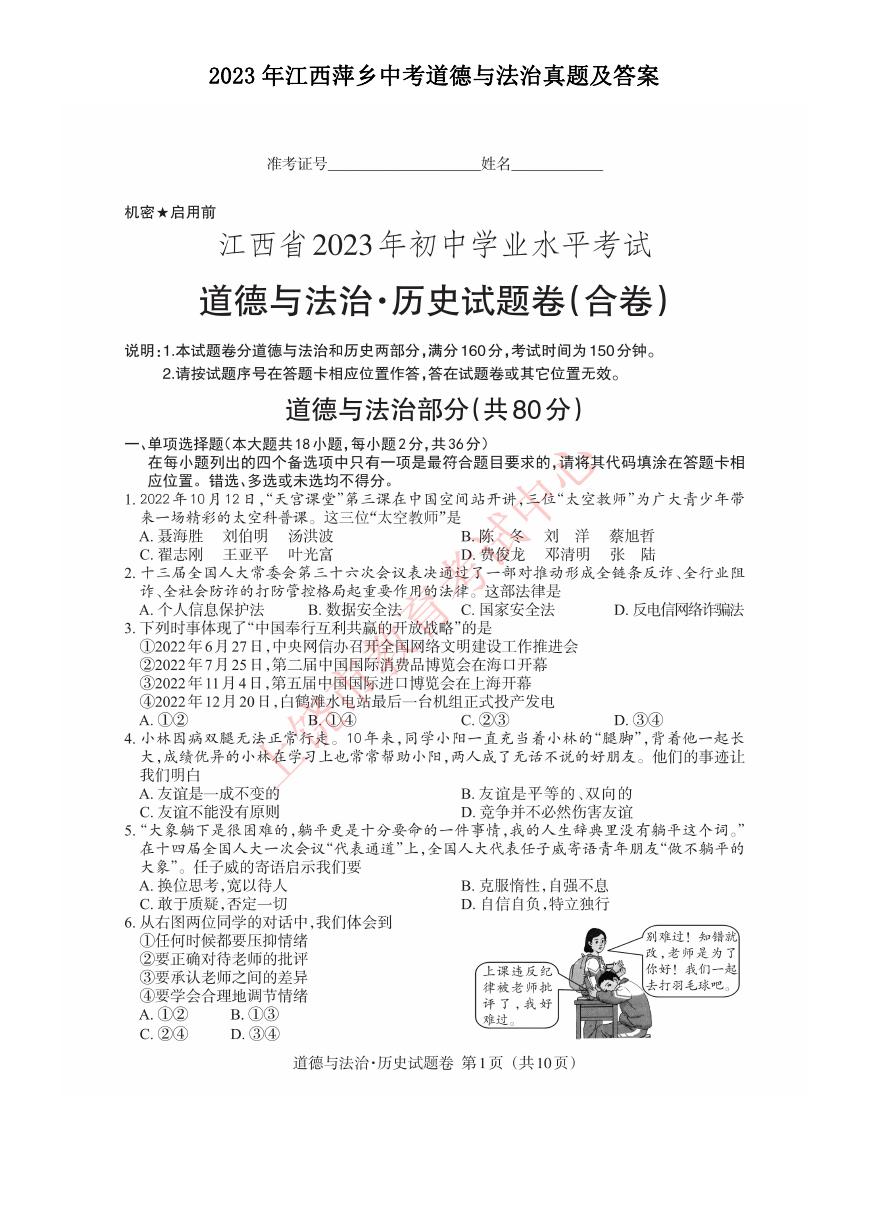 2023年江西萍乡中考道德与法治真题及答案.doc
2023年江西萍乡中考道德与法治真题及答案.doc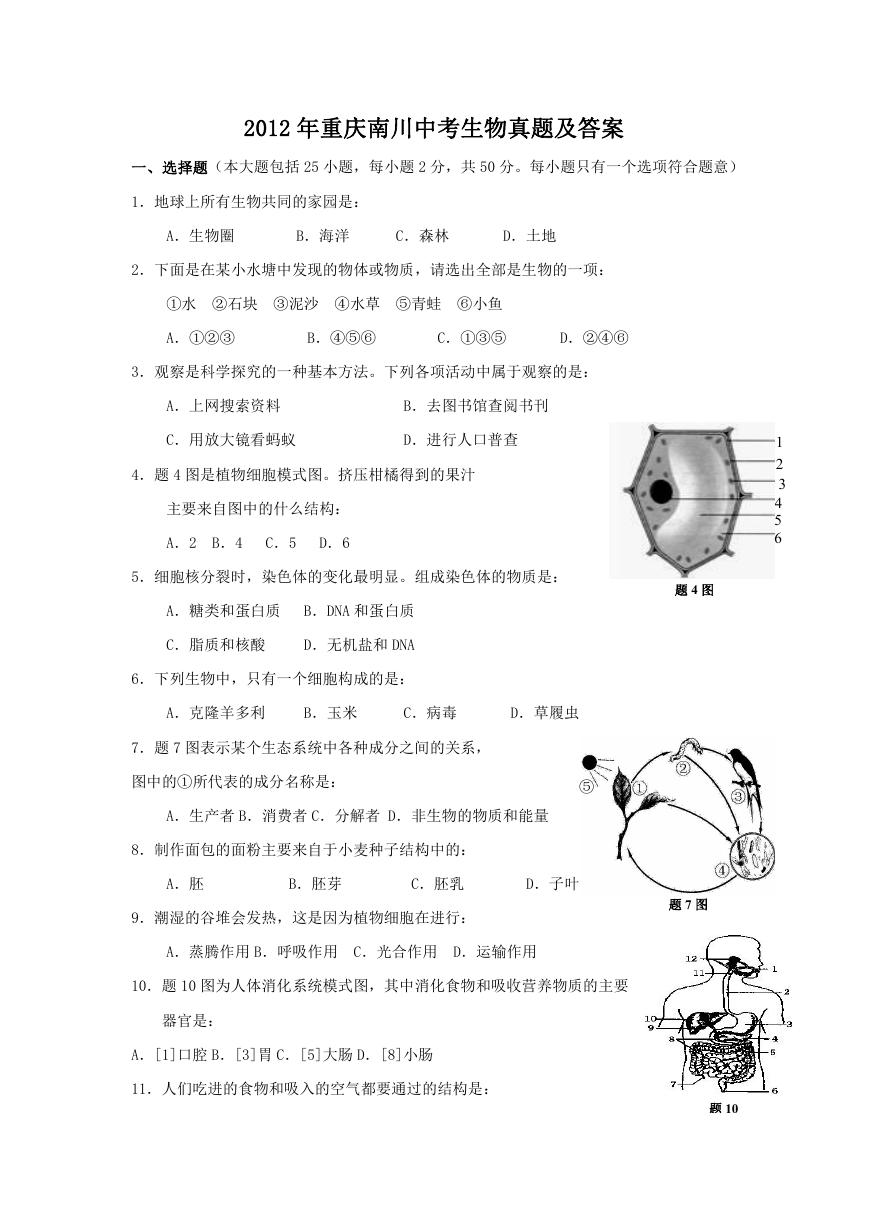 2012年重庆南川中考生物真题及答案.doc
2012年重庆南川中考生物真题及答案.doc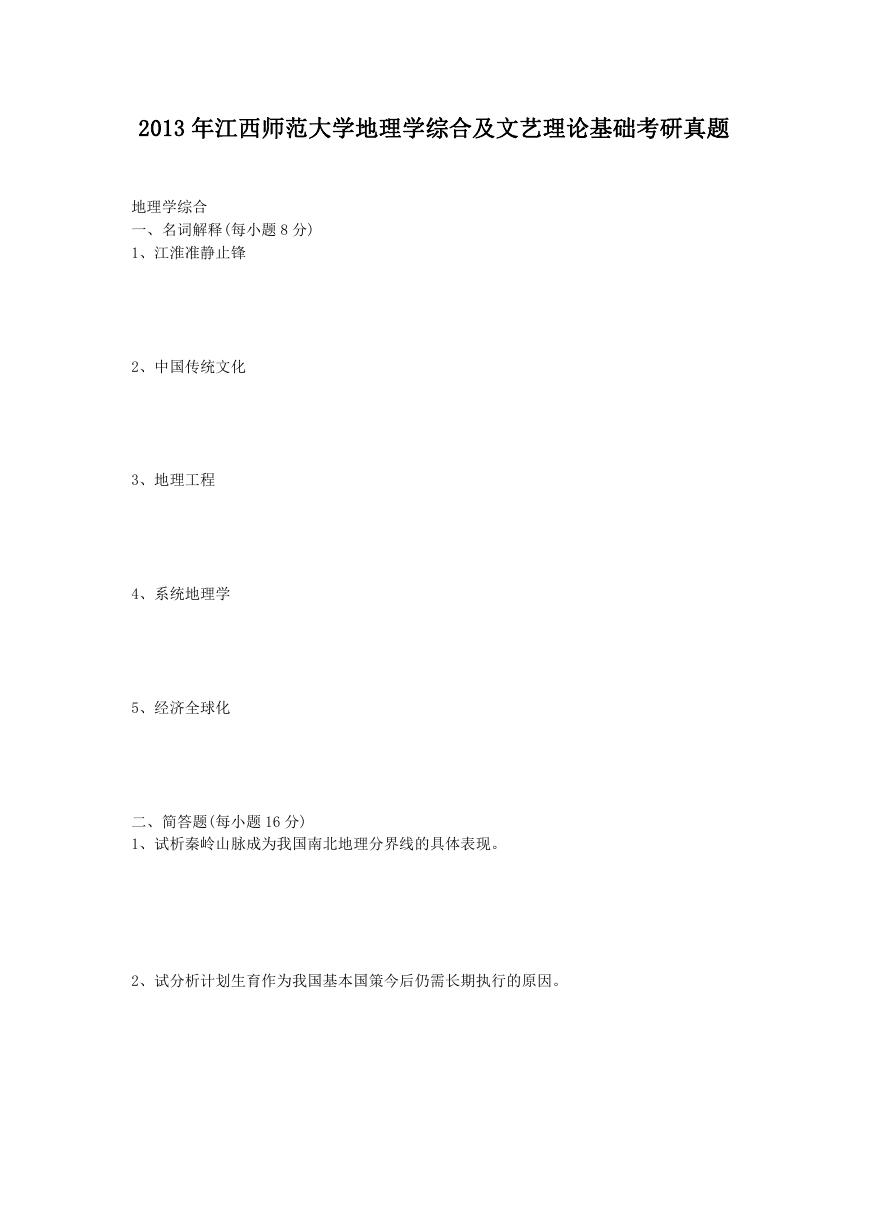 2013年江西师范大学地理学综合及文艺理论基础考研真题.doc
2013年江西师范大学地理学综合及文艺理论基础考研真题.doc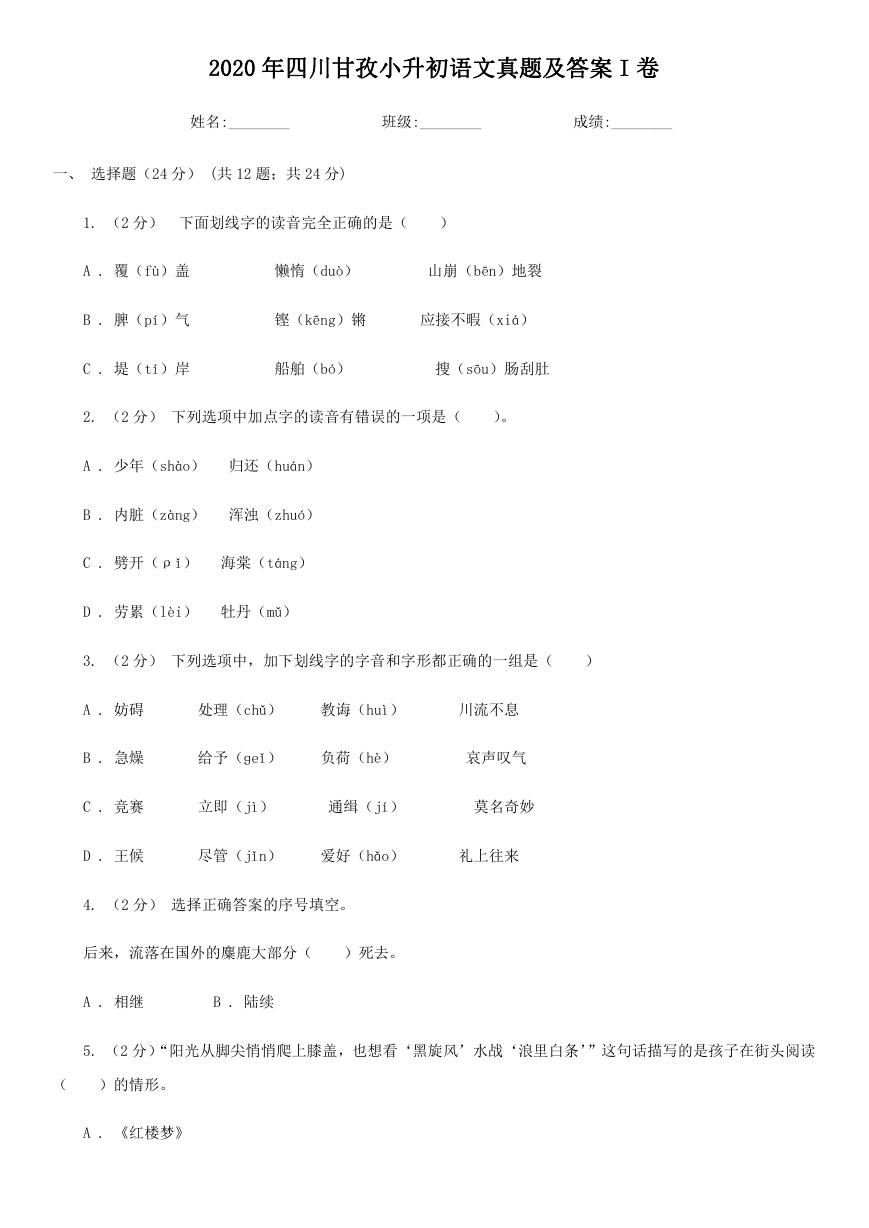 2020年四川甘孜小升初语文真题及答案I卷.doc
2020年四川甘孜小升初语文真题及答案I卷.doc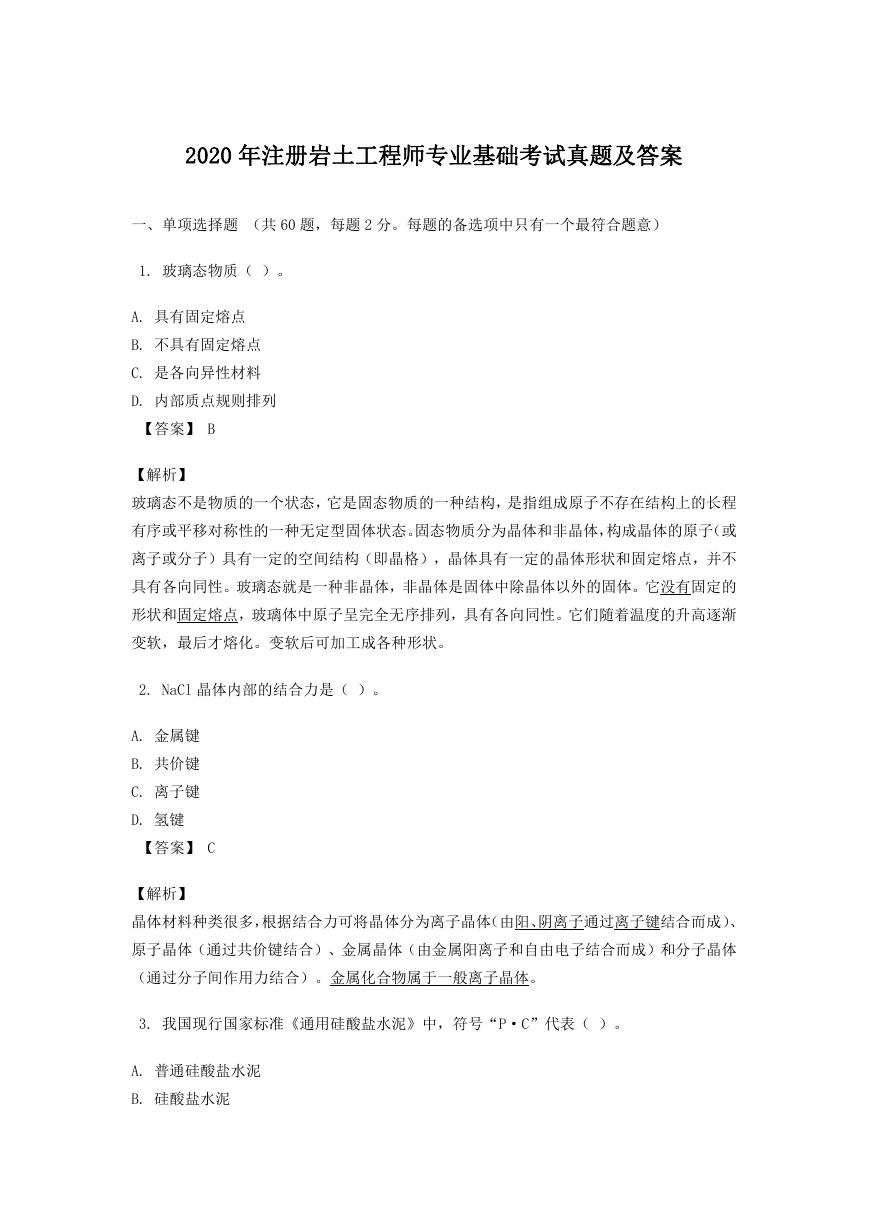 2020年注册岩土工程师专业基础考试真题及答案.doc
2020年注册岩土工程师专业基础考试真题及答案.doc 2023-2024学年福建省厦门市九年级上学期数学月考试题及答案.doc
2023-2024学年福建省厦门市九年级上学期数学月考试题及答案.doc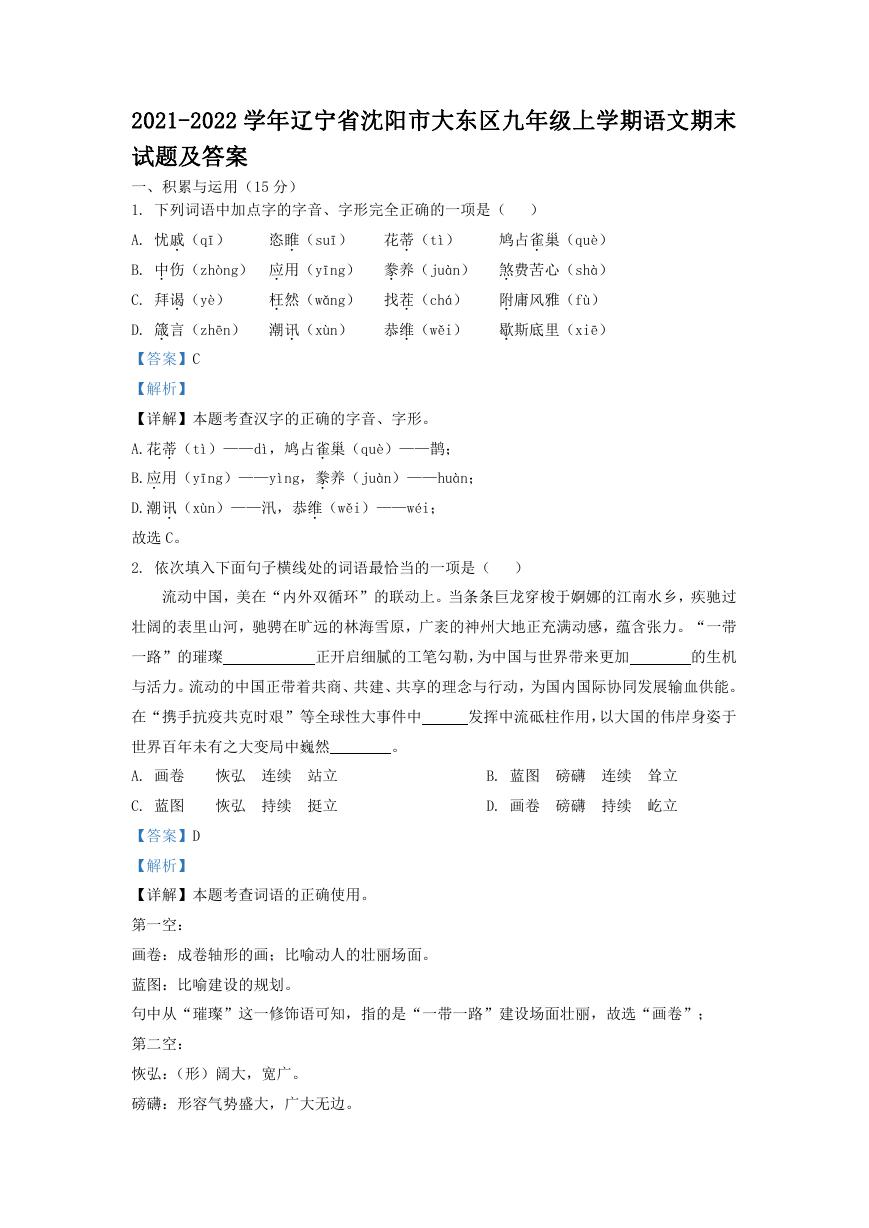 2021-2022学年辽宁省沈阳市大东区九年级上学期语文期末试题及答案.doc
2021-2022学年辽宁省沈阳市大东区九年级上学期语文期末试题及答案.doc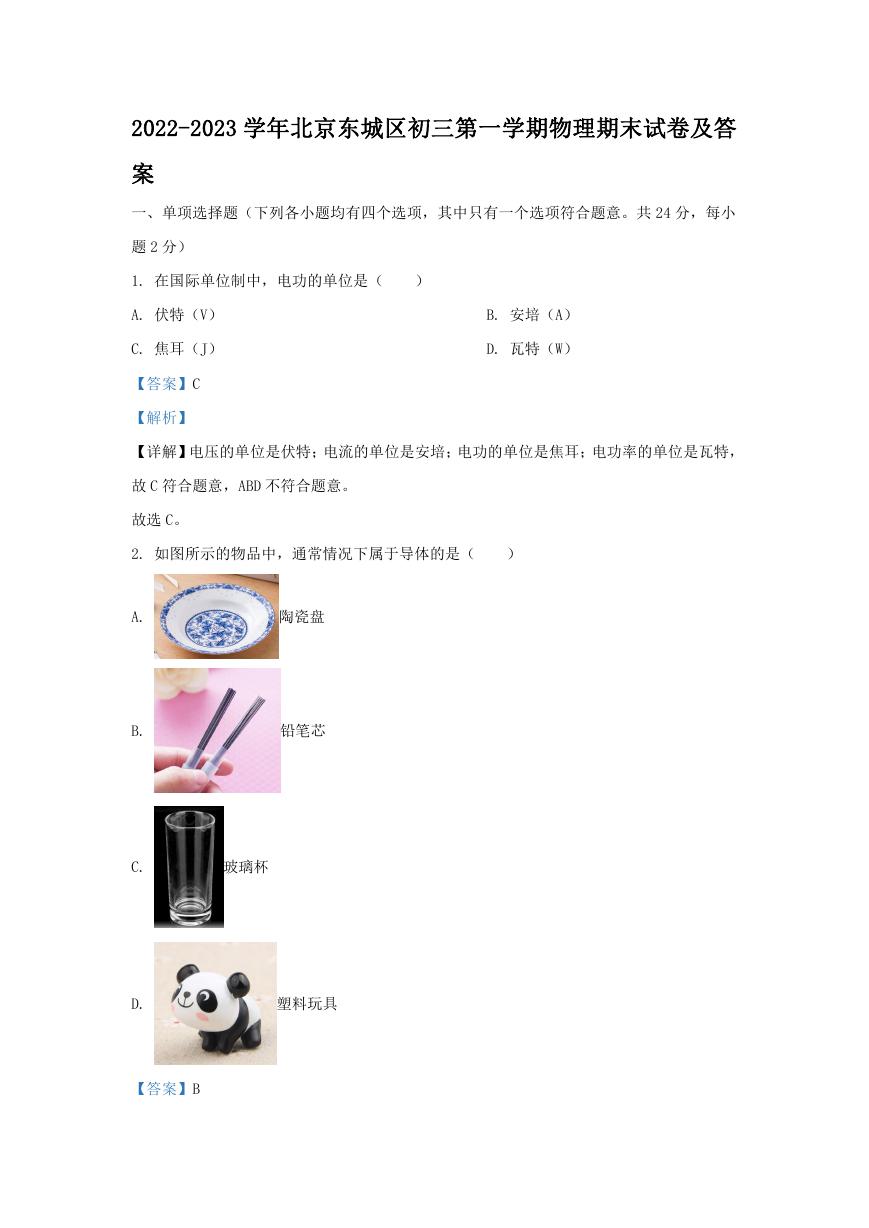 2022-2023学年北京东城区初三第一学期物理期末试卷及答案.doc
2022-2023学年北京东城区初三第一学期物理期末试卷及答案.doc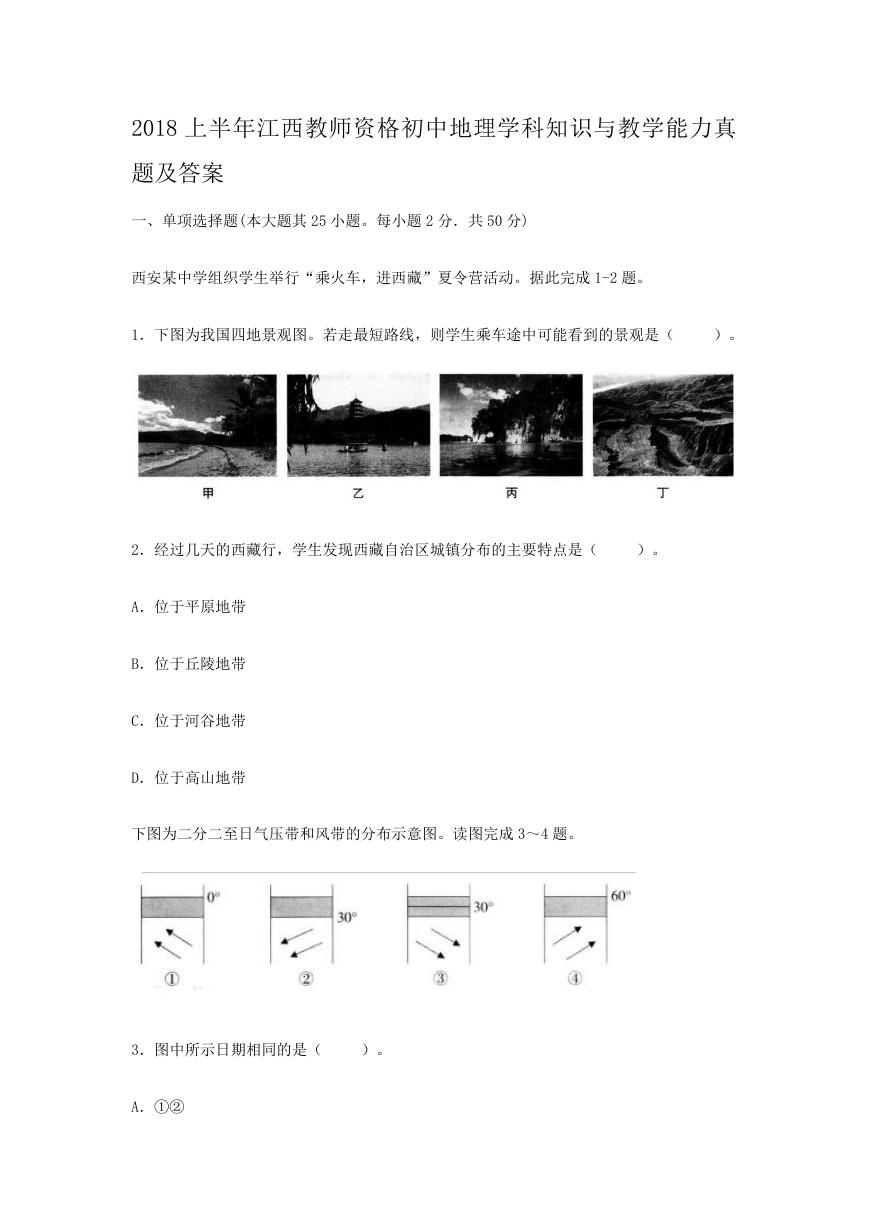 2018上半年江西教师资格初中地理学科知识与教学能力真题及答案.doc
2018上半年江西教师资格初中地理学科知识与教学能力真题及答案.doc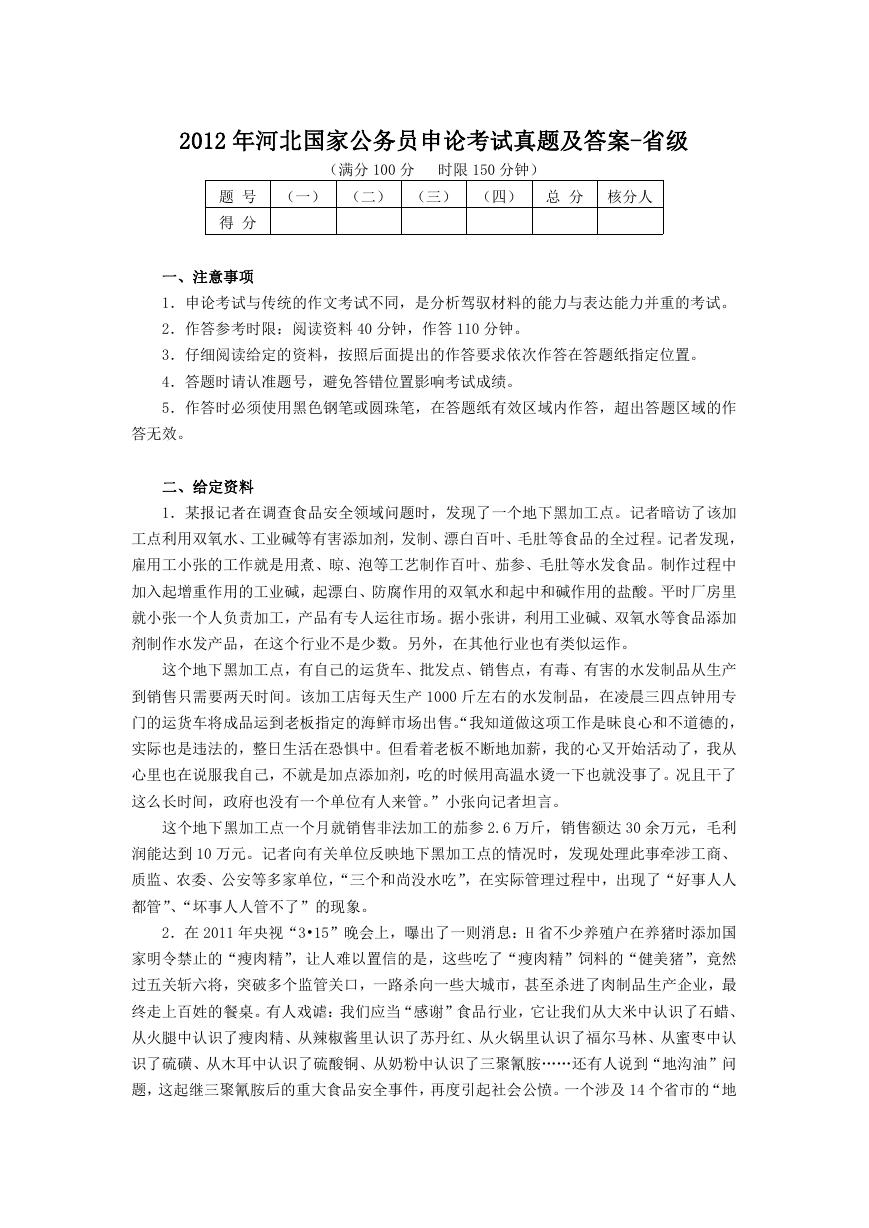 2012年河北国家公务员申论考试真题及答案-省级.doc
2012年河北国家公务员申论考试真题及答案-省级.doc 2020-2021学年江苏省扬州市江都区邵樊片九年级上学期数学第一次质量检测试题及答案.doc
2020-2021学年江苏省扬州市江都区邵樊片九年级上学期数学第一次质量检测试题及答案.doc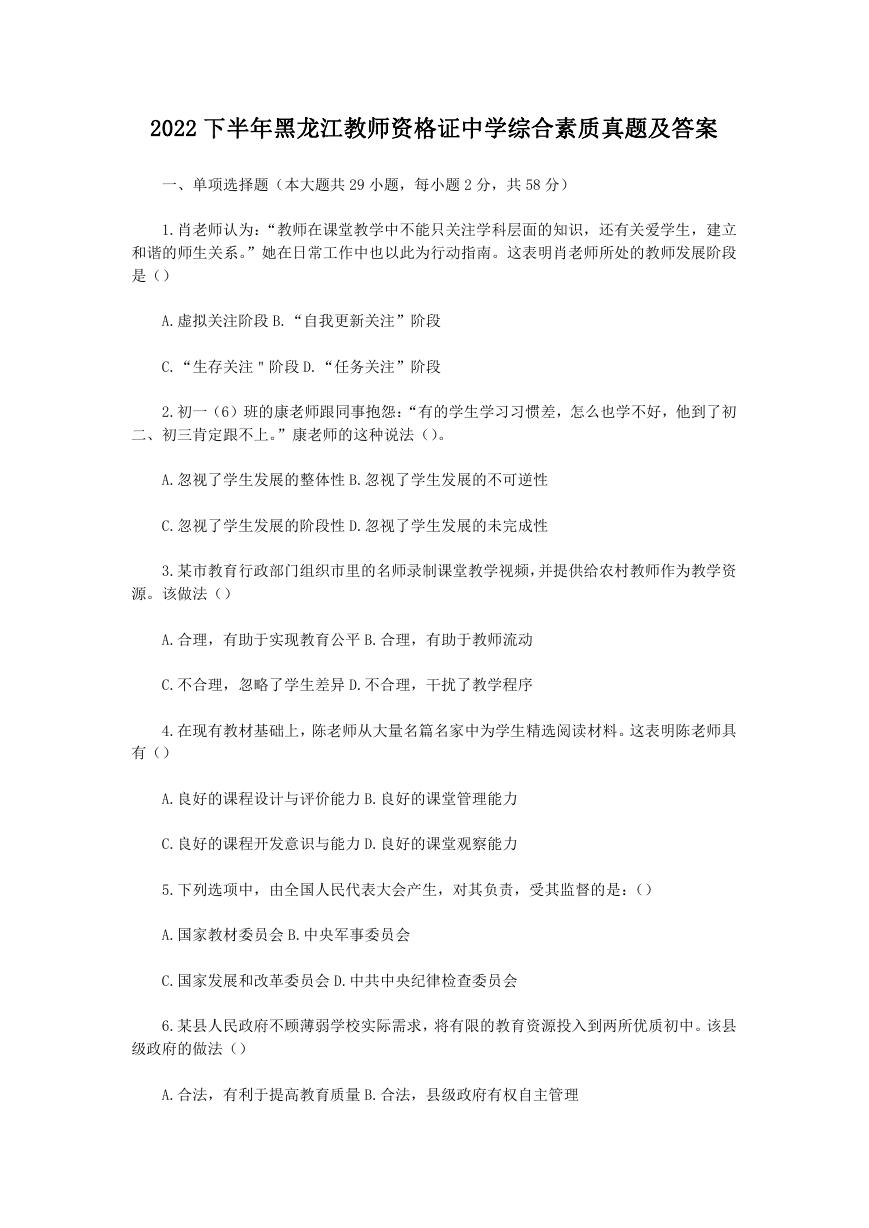 2022下半年黑龙江教师资格证中学综合素质真题及答案.doc
2022下半年黑龙江教师资格证中学综合素质真题及答案.doc